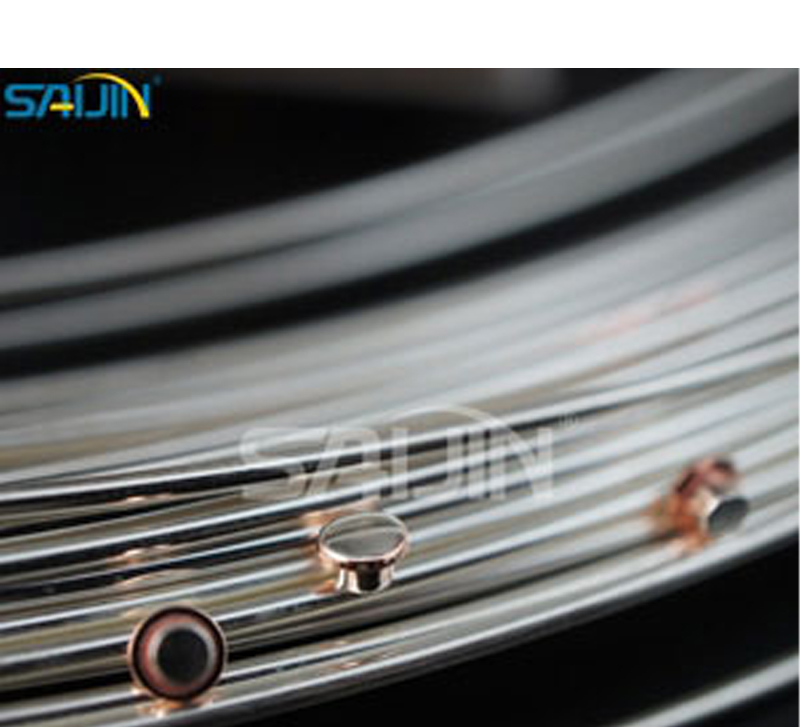Datatime: 2/14/2025 3:09:00 PM Visit: 203
Silver alloy wires are widely used in various industries due to their excellent electrical conductivity, thermal conductivity, and corrosion resistance. However, in some applications, the strength and hardness of silver alloy wires need to be improved to meet the requirements of different working conditions. Here are several effective methods to enhance the strength and hardness of silver alloy wires.

Adjusting the Alloy Composition
One of the fundamental ways is to carefully select and adjust the alloying elements. For example, adding a small amount of elements like copper (Cu), nickel (Ni), or palladium (Pd) to the silver alloy can significantly enhance its strength and hardness. These alloying elements form solid solutions with silver, causing lattice distortion. This distortion makes it more difficult for dislocations to move within the crystal structure, thereby strengthening the material. For instance, when copper is added to silver, the resulting silver - copper alloy has higher strength and hardness compared to pure silver wires, while still maintaining relatively good electrical and thermal conductivity.
Cold Working
Cold working processes such as cold drawing and cold rolling are also highly effective. During cold drawing, the silver alloy wire is pulled through a die with a smaller cross - sectional area. This process reduces the wire's diameter and elongates it, causing the grains in the alloy to be elongated and fragmented. The increased grain boundaries and the presence of dislocations generated by the plastic deformation impede the movement of atoms and dislocations, thus increasing the strength and hardness of the wire. Cold rolling, on the other hand, compresses the wire between two rollers, also achieving similar grain - refinement and strengthening effects.
Heat Treatment
Appropriate heat treatment can further optimize the mechanical properties of silver alloy wires. Solution treatment followed by aging is a common heat - treatment method. In the solution treatment stage, the silver alloy wire is heated to a high temperature to dissolve the alloying elements uniformly in the silver matrix. Then, it is rapidly cooled to room temperature to fix this homogeneous structure. Subsequently, during the aging process, the wire is heated to a lower temperature for a certain period. This allows the precipitates of the alloying elements to form and disperse within the matrix. These fine precipitates act as obstacles to the movement of dislocations, enhancing the strength and hardness of the silver alloy wire.
In conclusion, by adjusting the alloy composition, applying cold - working techniques, and performing proper heat treatment, the strength and hardness of silver alloy wires can be effectively improved. These methods not only expand the application scope of silver alloy wires but also meet the more demanding requirements of modern industrial development.